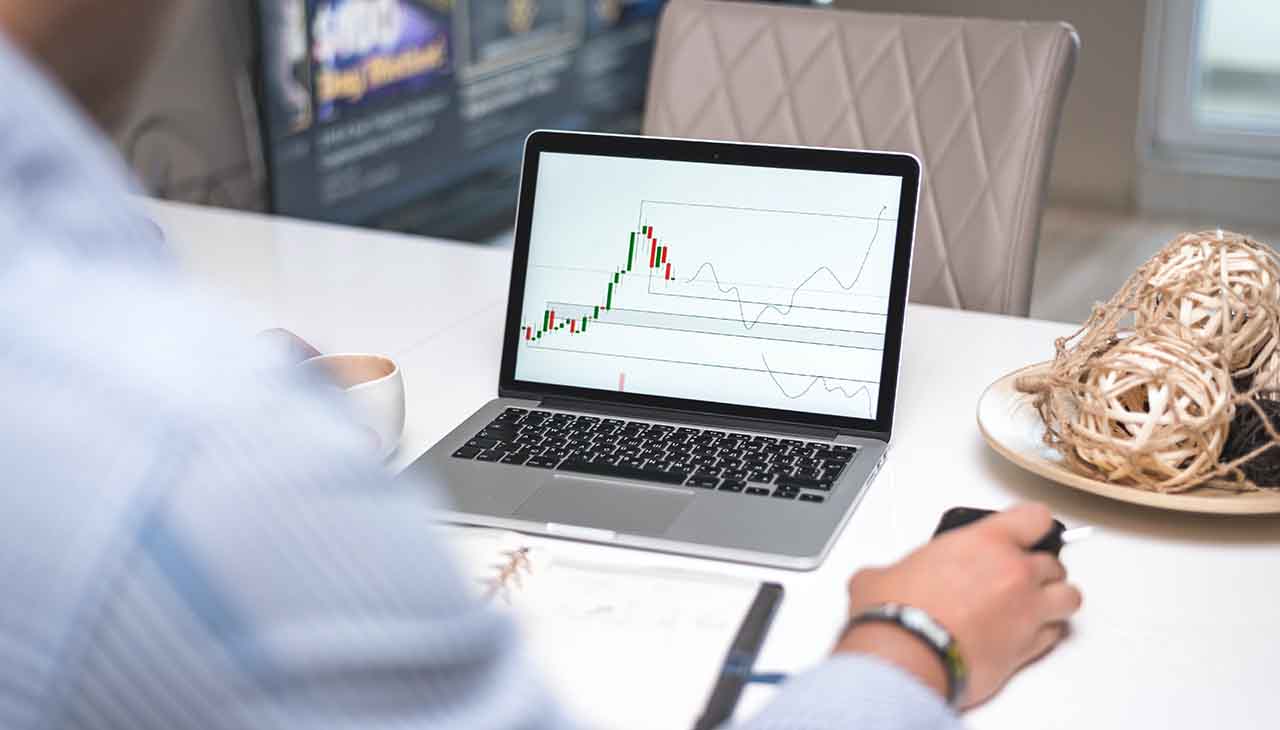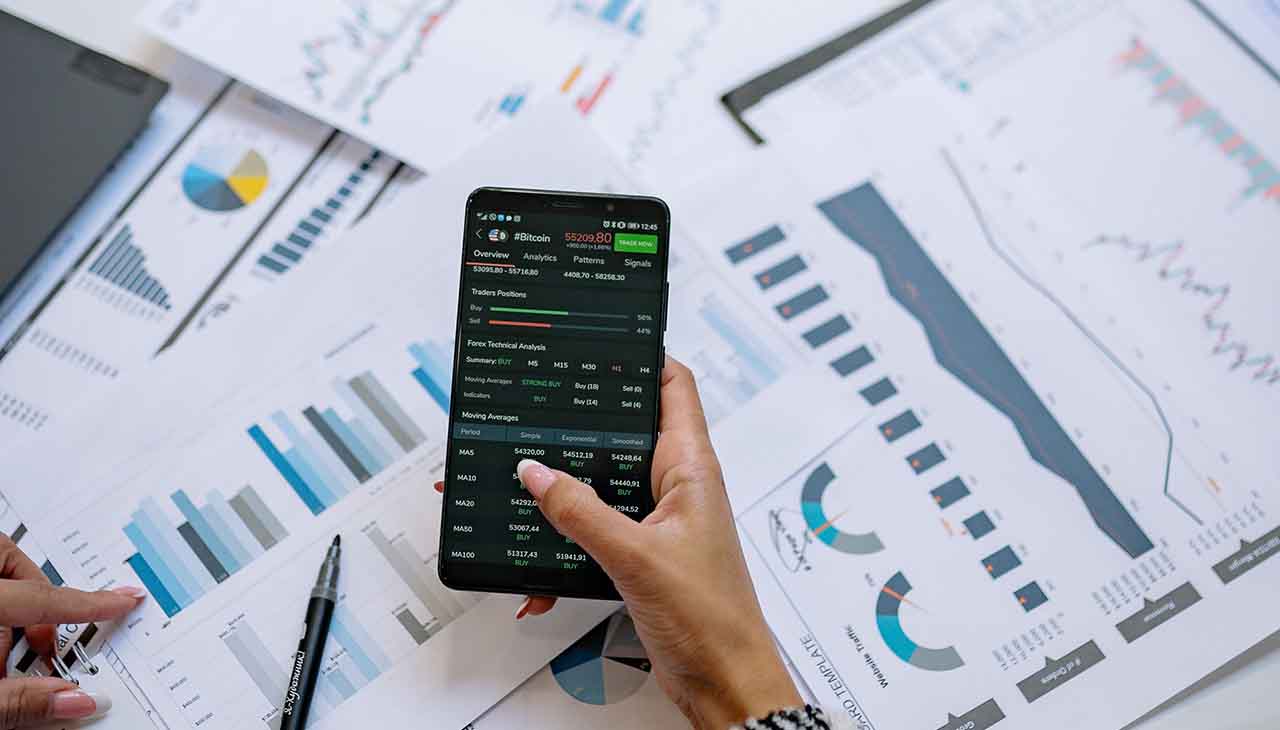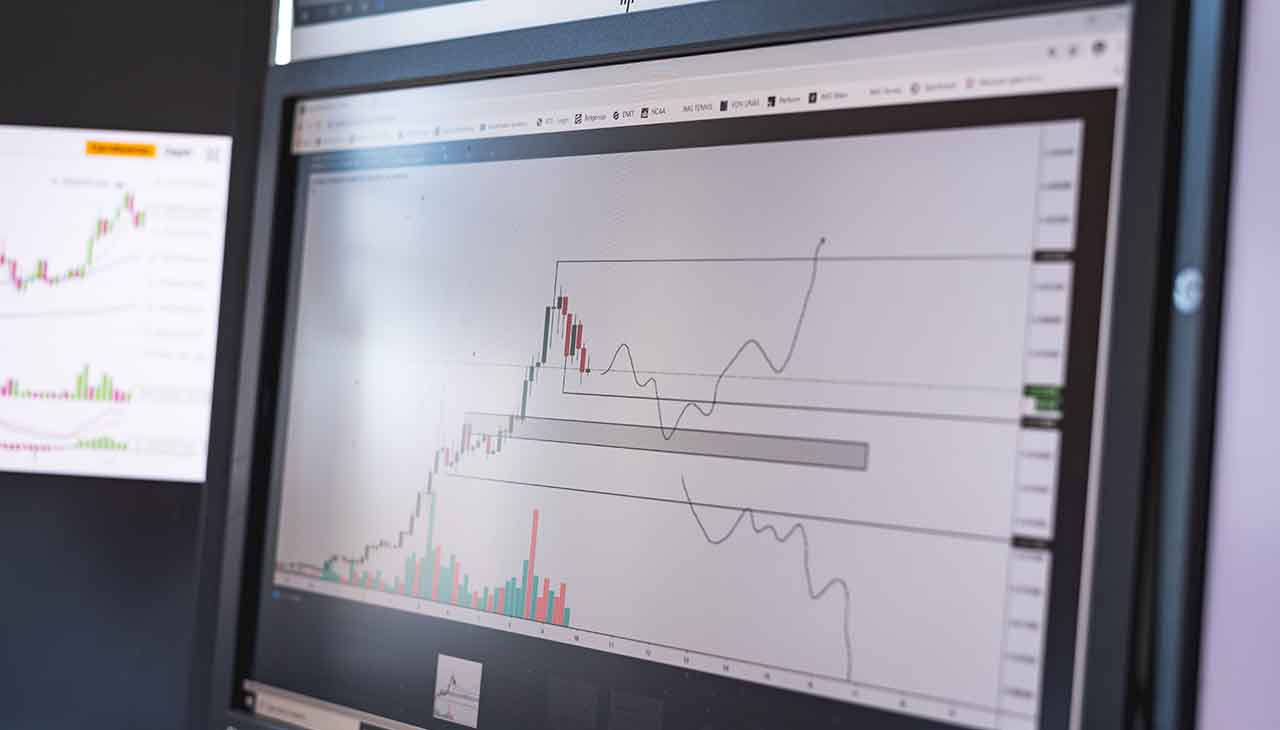
Welcome to your ultimate resource for forex market trading. Whether you are a beginner or an experienced trader, we have everything you need to succeed in the world’s largest financial market.
Our team of experts has put together a wealth of information on forex trading techniques, risk management strategies, and the latest trends in the market. We offer comprehensive guides to popular trading strategies such as trend trading, volatility trading, and algorithmic trading, as well as tips for developing your trading plan and managing your risk effectively.
In addition to our educational resources, we also provide up-to-date news and analysis on the forex market, including economic data releases, market trends, and currency pair performance. We believe that staying informed and up-to-date is crucial for success in forex trading, and we strive to provide our readers with the latest and most accurate information available.
Whether you are just starting in forex trading or are looking to take your skills to the next level, we are here to help. Explore our site to discover the tools, tips, and techniques you need to succeed in this exciting and dynamic market.
Trading Techniques
Trading techniques are the strategies that traders use to enter and exit trades in the forex market. There are many different trading techniques used by traders, but some of the most popular include:
- Trend Trading: Trend trading is a strategy that involves identifying trends in the market and trading in the direction of those trends. Traders who use this strategy will typically buy when prices are trending upward and sell when prices are trending downwards.
- Volatility Trading: Volatility trading is a strategy that involves taking advantage of changes in market volatility. Traders who use this strategy will typically enter trades when volatility is high and exit when volatility decreases.
- Algorithmic Trading: Algorithmic trading is a strategy that involves using computer algorithms to automate the process of entering and exiting trades. These algorithms can be designed to follow specific rules or to learn from past market data and adjust their strategies accordingly.
- Breakout Trading: Breakout trading is a strategy that involves entering trades when prices break through key support or resistance levels. Traders who use this strategy will typically place buy orders above resistance levels and sell orders below support levels.
- Range Trading: Range trading is a strategy that involves trading within a defined price range. Traders who use this strategy will typically buy at the lower end of the range and sell at the upper end of the range.
Each trading technique has its strengths and weaknesses, and the best strategy for a trader will depend on their personal preferences and risk tolerance. It is important to thoroughly test any trading technique before using it in live trading and to always practice effective risk management strategies to minimize potential losses.
Risk Management Strategies
Risk management strategies are techniques that traders use to minimize potential losses and protect their capital in the forex market. Some of the most popular risk management strategies include:
- Setting Stop-Loss Orders: A stop-loss order is an order placed with a broker to sell a currency at a predetermined price. This can help limit potential losses in a trade, as it ensures that the trader will exit the trade if the price moves against them.
- Diversification: Diversification involves spreading your trades across different currencies or asset classes to reduce the impact of any single trade on your overall portfolio. By diversifying their portfolios, traders can minimize the risk of any one trade having a significant impact on their overall profitability.
- Managing Leverage: While leverage can amplify potential profits in forex trading, it can also amplify potential losses. Traders should use leverage conservatively and only when necessary. They should also ensure that they have adequate margins in their account to withstand fluctuations in currency prices.
- Monitoring Market Conditions: Keeping up-to-date on current events, economic data releases, and other factors affecting currency prices can help traders make more informed decisions and avoid unexpected losses. By staying informed, traders can adjust their trading strategies as market conditions change.
- Using Risk Management Tools: There are many risk management tools available to forex traders, including position sizing calculators, volatility indicators, and correlation matrices. These tools can help traders identify potential risks and adjust their trading strategies accordingly.
Effective risk management is essential for success in forex market trading. By developing a solid risk management strategy and adhering to it consistently, traders can minimize their losses and maximize their potential gains over time.
News and Analysis
News and analysis are important aspects of forex market trading. Staying up-to-date on current events, economic data releases, and other factors affecting currency prices can help traders make more informed decisions and avoid unexpected losses. Some of the most important news and analysis topics for forex traders include:
- Coverage of Economic Data Releases: Economic data releases, such as GDP reports, unemployment figures, and inflation rates, can have a significant impact on currency prices. Traders should stay informed about upcoming economic data releases and be prepared to adjust their trading strategies in response to these events.
- Market Trends: Major trends in the forex market, such as shifts in interest rates or changes in geopolitical conditions, can also affect currency prices. Traders should regularly monitor market trends and adjust their strategies accordingly.
- Currency Pair Performance: The performance of different currency pairs can provide valuable insights into market sentiment and potential trading opportunities. Traders should regularly analyze currency pair performance and be prepared to adjust their trading strategies as needed.
- Technical Analysis: Technical analysis involves analyzing charts and other market data to identify patterns and trends. It can help traders understand market sentiment and predict future price movements.
By staying informed about these and other topics, forex traders can make more informed trading decisions and increase their chances of success in the market. There are many resources available for news and analysis, including financial news websites, social media platforms, and forex trading forums. It is important to use reliable sources and stay up-to-date on the latest developments in the market.
Conclusion
In conclusion, forex market trading can be a lucrative but challenging endeavor. It requires discipline, patience, and a willingness to constantly learn and adapt. Fortunately, there are many resources available to help traders develop their skills and succeed in the market.
By using effective trading techniques, such as trend trading and volatility trading, and implementing solid risk management strategies, traders can minimize potential losses and maximize potential gains. Staying informed about news and analysis, including economic data releases, market trends, and currency pair performance, can also help traders make informed decisions and avoid unexpected losses.
Whether you are just starting in forex trading or are looking to take your skills to the next level, it is important to always practice effective risk management and never risk more than you can afford to lose. With dedication, hard work, and the right resources, anyone can succeed in the exciting and dynamic world of forex market trading.






